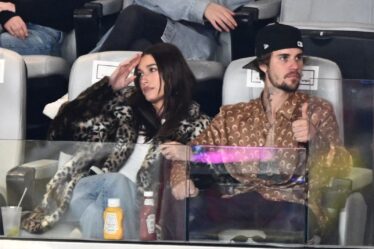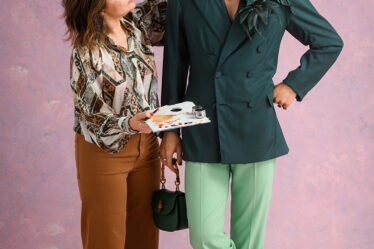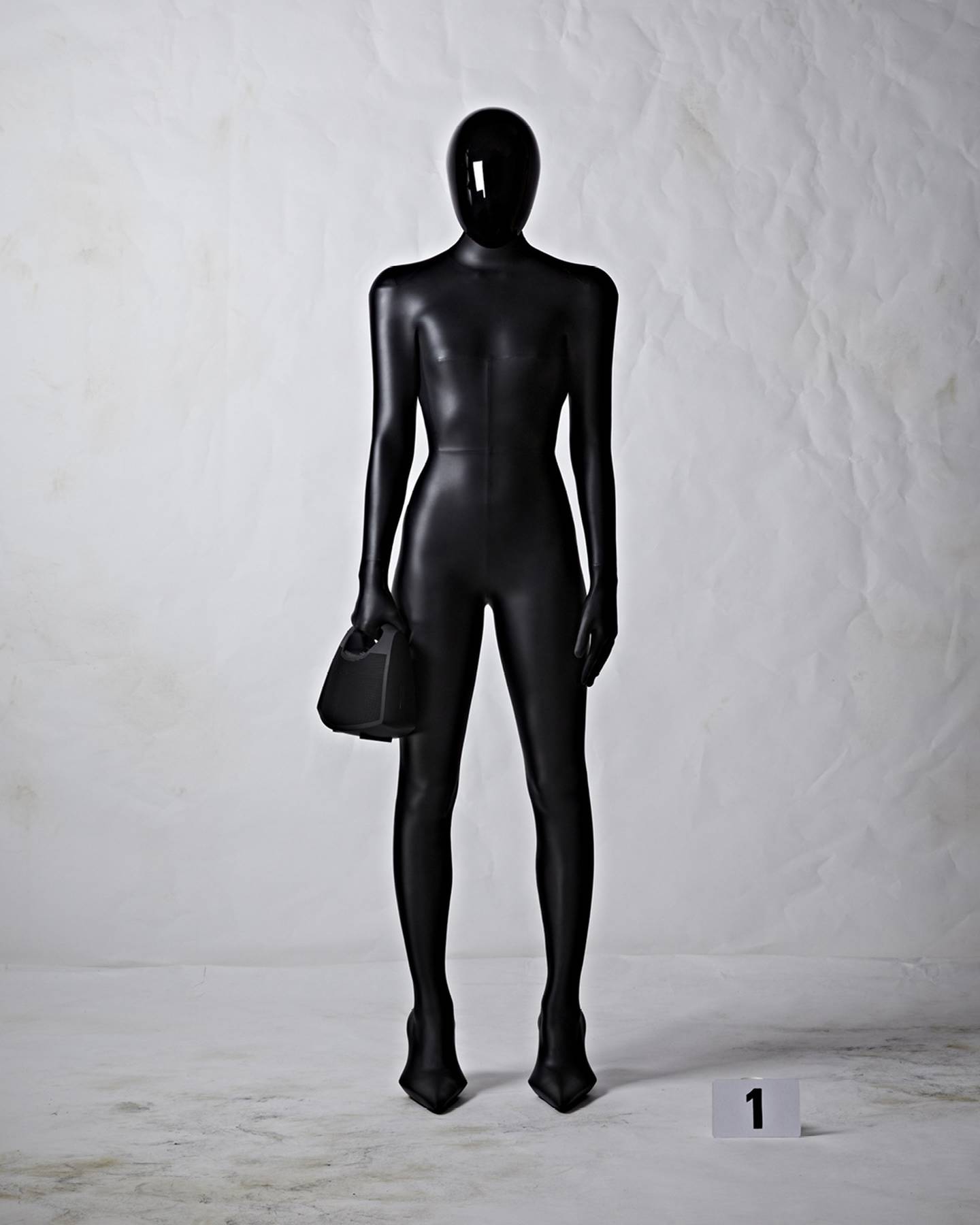
PARIS — What happened to inclusivity? Paris couture week was all about traditional elitism. As a service for the ultra-rich, couture follows codes that seem out of sync with the times. And at one point, the action seemed to snap back to the grand old days of poufs, big hats, corsets and taffetas galore. But rather than upending the cult of couture, the next generation has happily bought into it.
This week, the only house where things seemed to progress, despite heavy echoes of the past, was Balenciaga. The fusion of designer Demna’s harsh yet poetic sensibility and the sculptural and severe codes set by Cristobal Balenciaga continue to produce wonders. Demna’s second outing since the brand revived its couture operation was not as sharp as the first, but it offered further glimpses of what modern couture means: salon and Instagram, madame and selfie.
The show merged the post-human futurism of neoprene catsuits with the grandness of poufs, draping and duchesse silks in magnificent colours. The cast of celebrities — Kim Kardashian, Nicole Kidman, Dua Lipa — brought the mix to a boiling point. But what was genuinely touching, despite dresses that looked like beautiful shields — or perhaps because of them — was the human fragility that oozed through the affair.
The original master storyteller-cum-dressmaker is John Galliano, whose showmanship extends from his spectacular silhouettes to his theatrical presentations. For his return to physical shows for Maison Margiela after a pandemic hiatus filled with beautiful films, Galliano outdid himself, staging a gesamtkunstwerk of a “show” that was in fact the making of a movie, titled “Cinema Inferno,” filmed live in front of the audience.

It was a risky move, but the result made for a captivating, emotional experience that mixed theatre and cinema, IRL experience and broadcasting. It also felt like diving into Galliano’s mind, a place where references copulate in the most unexpected of ways. It was frankly overwhelming in the most exciting of ways. In such a scenario, of course, dresses became costumes, no longer the sole centre of attention, but they stood out anyway with their clear nod to the Fifties and traditional couture spliced with surgical scrubs. If even Galliano, king of imagination, follows tradition, a restoration is underway.
At Schiaparelli, designer Daniel Roseberry mixed his own insouciant fixation for breasts and nipples with plenty of iconic references. There were persistent echoes of Christian Lacroix, Jean Paul Gaultier and Yves Saint Laurent, as well as faint nods to Gianfranco Ferré’s grand tenure at Dior.
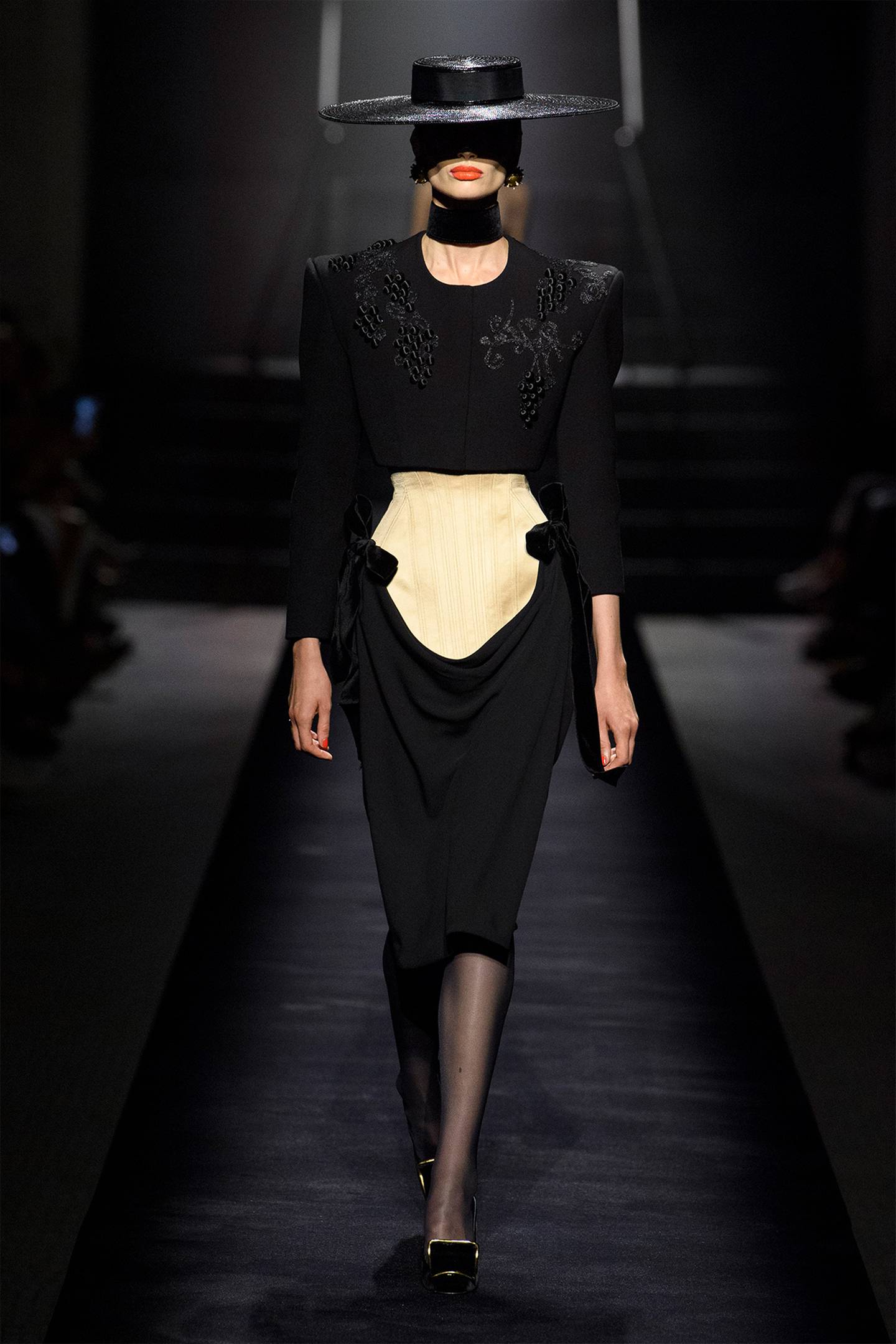
What Roseberry owns, however, is a genuine enthusiasm for fashion-making: a quality that all couturiers should possess. His recipe for the house is working well. His accessories are certainly a hit. All fine. What’s missing is Elsa’s lightness, which came across so clearly in the exhibition “Shocking! The Surreal World of Elsa Schiaparelli,” which opened at the Musée des Arts Décoratifs the day of the show.
Giambattista Valli, too, often moves forward by looking back: one detects an encyclopaedic knowledge — and plenty of back issues of Vogue and Harper’s Bazaar — put to good use in shaping the brand’s couture line, now ten years old. The latest collection was another iteration of classic Valli tropes: some of the dresses were quite heavy but the lighter ones took off to glamorous heights where beauty won.
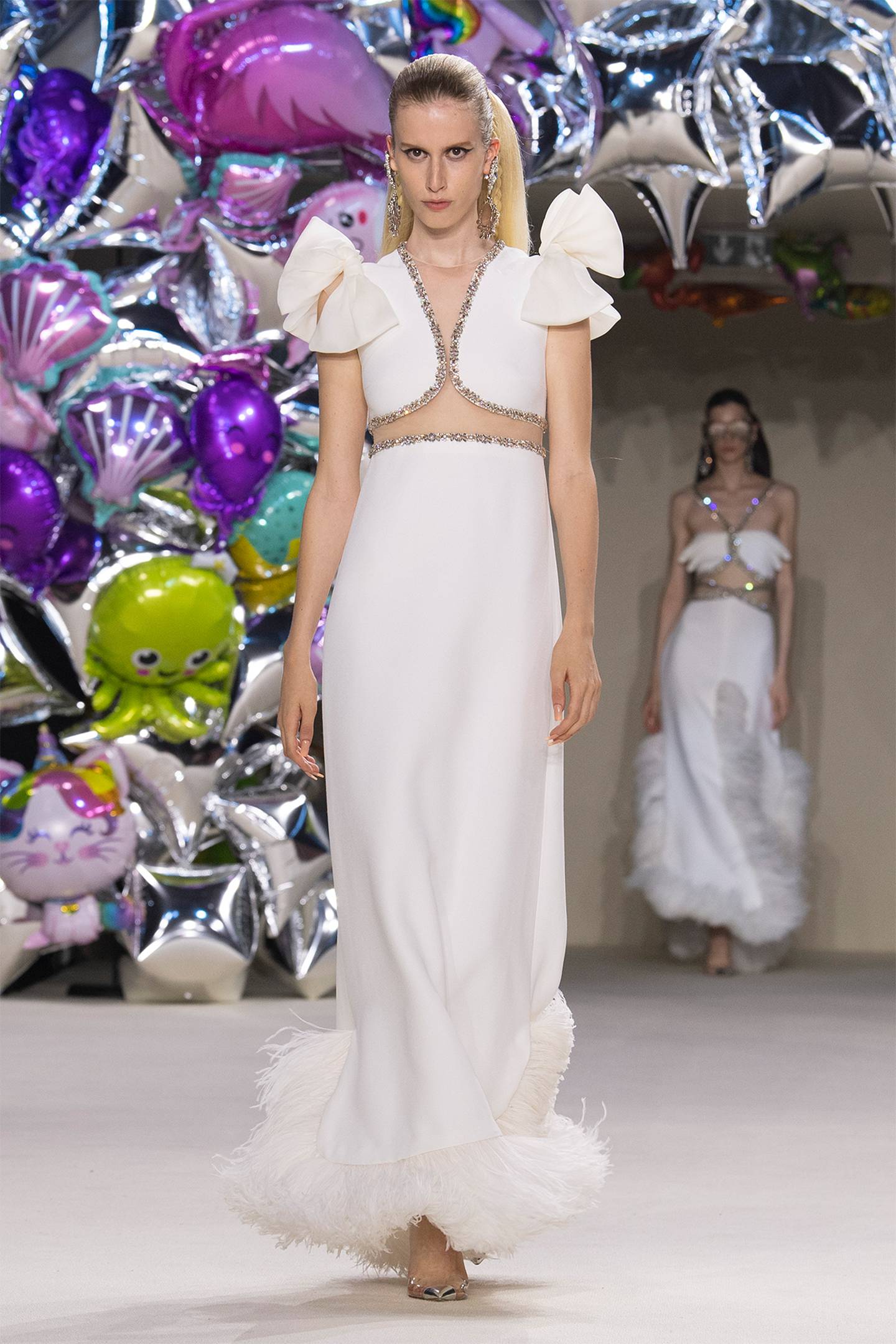
At Chanel, old school meant a focus on clothes — some flattering, some less so — rather than a narrative opus. The dreamy set was conceived by artist Xavier Vaillant; the music and a special video devised by Pharrell Williams. But these elements were too little to bring energy to the collection: a mega-label like Chanel can sail safely onwards without shaking up the fashion conversation, but a bit of revolution is in the brand’s roots, after all.

At Dior, Maria Grazia Chiuri referenced the past, too: her own past at Valentino. The elongated, gracious and gentle silhouettes in pale tones of beige and cream and lots of handiwork and crochet certainly echoed that moment, but the collection also felt consistent with the agenda of women’s empowerment Chiuri has been pushing at the house since day one. It is a delicate kind of empowerment — and all the more effective for that. The folksy vibe, at times, came with a kind of crafty Etsy aftertaste, but this was one of Chiuri’s most accomplished outings.

The play between tension and release, structure and looseness made for an interesting outing at Viktor & Rolf, even though the duo has already charted similar waters in the past. Couture, for them, is clearly experimental territory, which is reassuring in these reactionary times. And yet, it would be truly progressive to see such experiments gain real life past a catwalk moment.
While the Fifties and their nipped waists and bustiers were everywhere, king of understatement Giorgio Armani went further back to dive into the elongated modernity of art deco. It made for one of his best Privé collections in recent times, at once streamlined and sparkly, suffused with the kind of elegant ease that makes it all modern. The little signature hats felt costumey, but that was the only misstep.
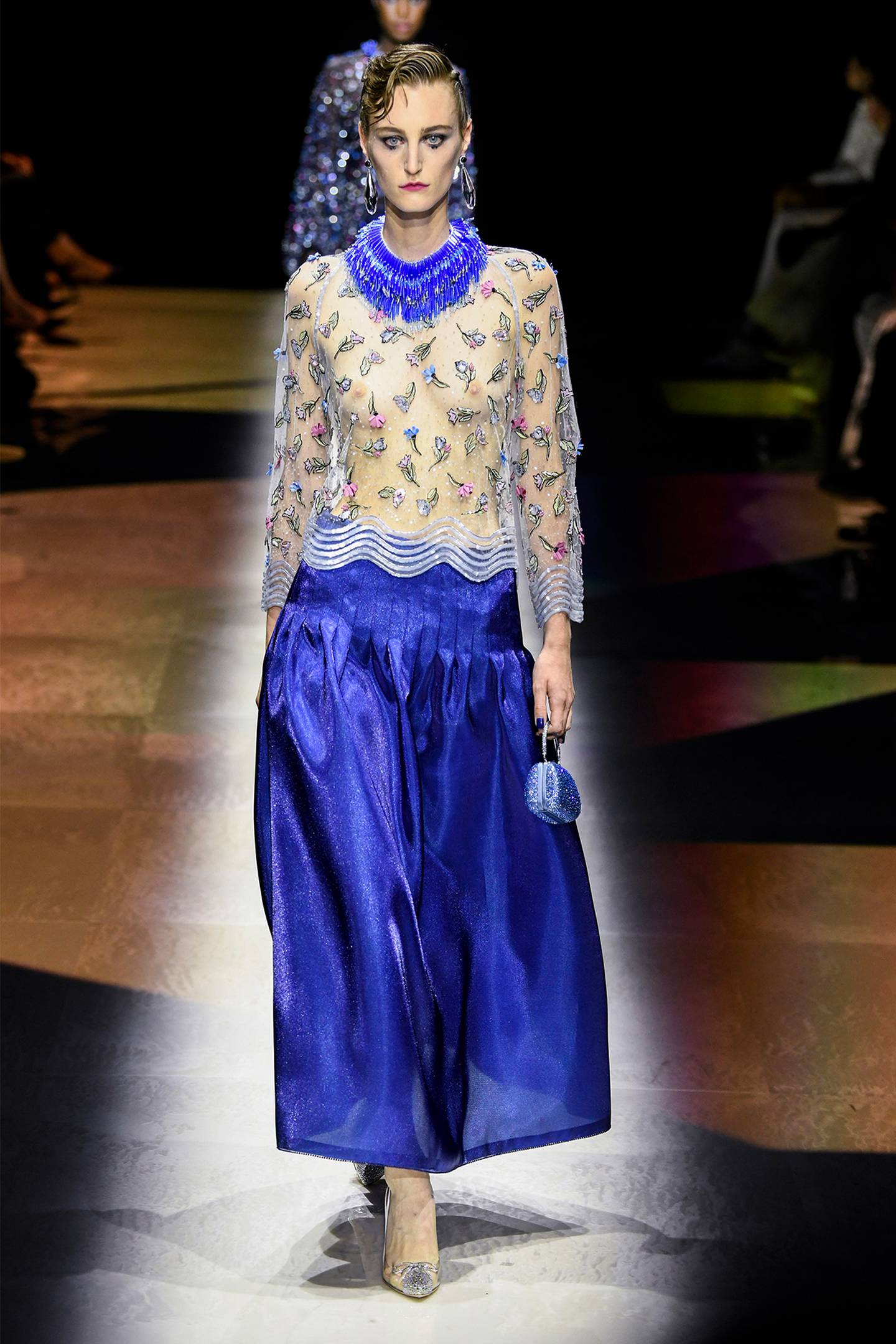
Olivier Rousteing was the guest designer at Gaultier this time around. The resulting collection, at times, had fashion school vibes, but in devising corsets out of Le Mâle perfume iconic bottle, Rousteing caught Gaultier’s insouciant brand of gender bending with a wonderfully humorous twist, delivering the goods.
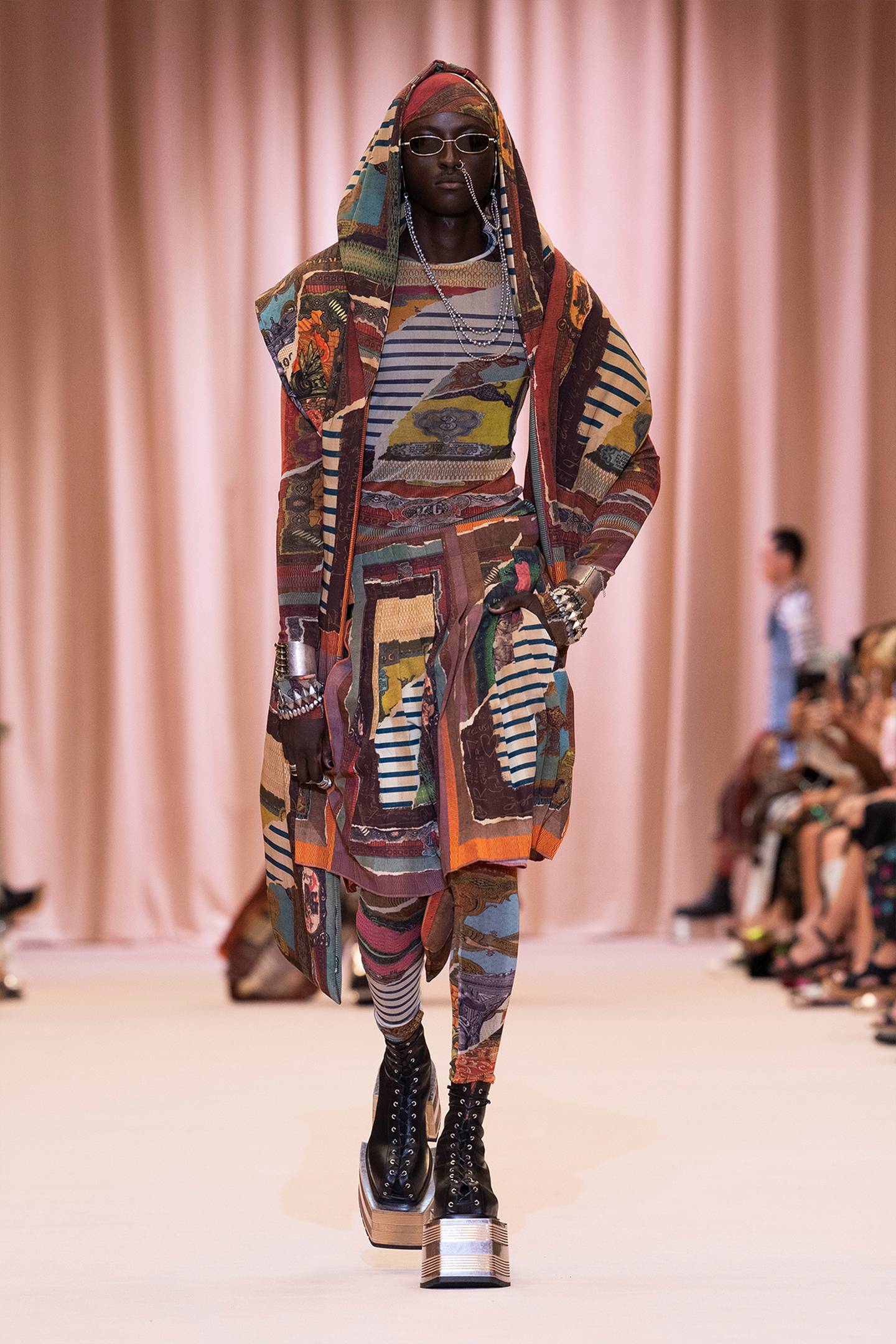
The couture calendar, meanwhile, continues to include brands that are technically not couture. But the precision of immaculate dressmaking has always been paramount at Alaïa, which showed the night before the official start of the week. Now in his third season, designer Pieter Mulier continues to inject his own sensibility into the recipe, to mixed results. In terms of image, it was smashing, but the dressmaking felt sloppy and at times a bit detached from the womanly body.
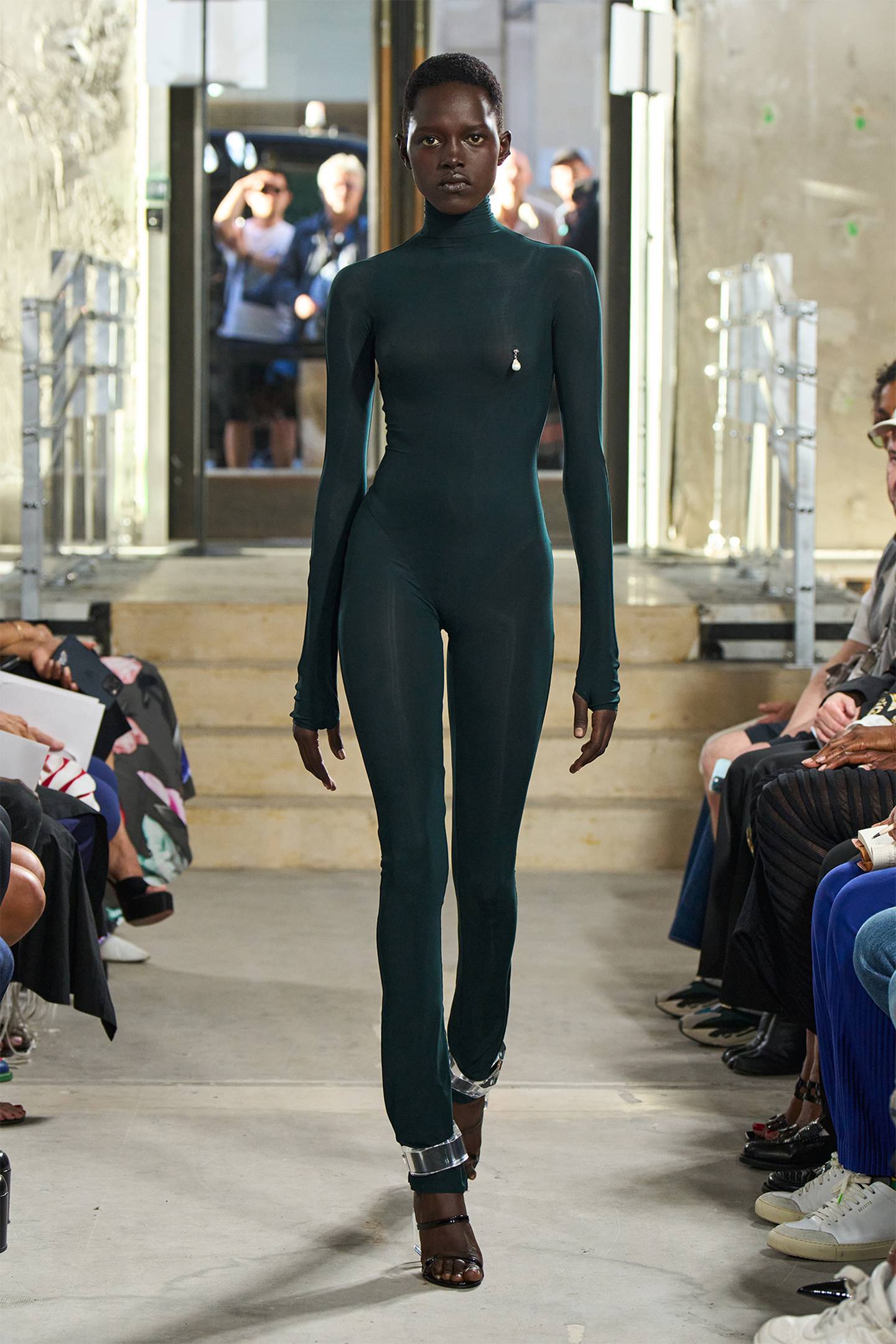
Guillaume Henry’s first catwalk show for Patou was fresh and amusing, just like the wider vision he has devised for the house. And yet, taking to the runway did not add much more than the photographic presentations of seasons past; not even Julia Fox. Henry is such a subtle storyteller: a more apt formula might come in time. At Vetements, meanwhile, the formula needs to be broken: reiterating the Demna-Balenciaga template ad nauseam is a bad move.
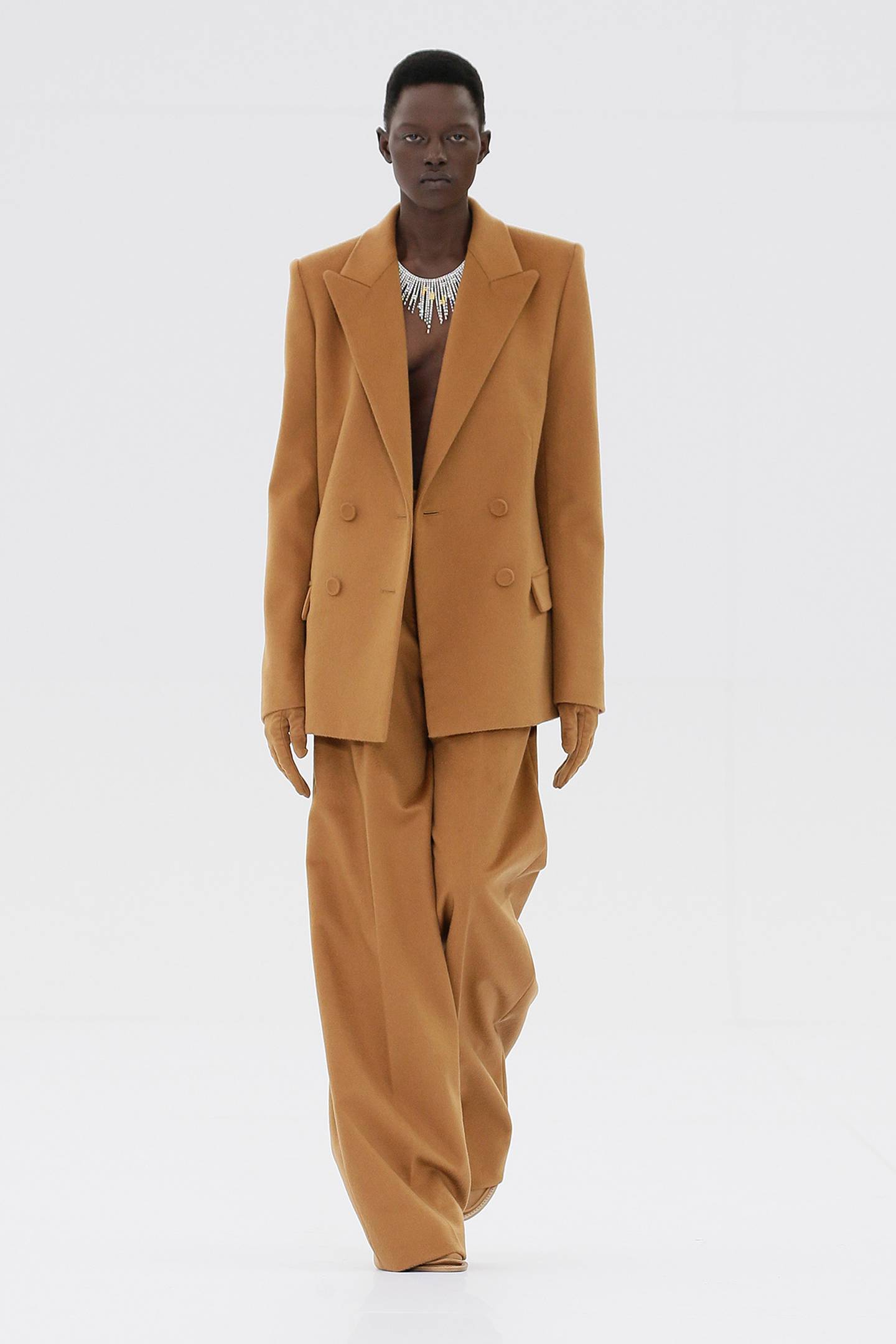
Speaking of ready-to-wear, the Fendi couture show that closed the week was freshly devoid of old school references, but lacked couture grandeur and finesse. It looked industrial, in fact. Working with an east meets west agenda, Kim Jones devised vertical, geometric lines infused with lots of sparkle and some Japonisme, and a palette of neutrals. The effort to make a svelte, modern kind of couture was commendable, but the result looked quite stiff. For the time being, the past feels unavoidable.

